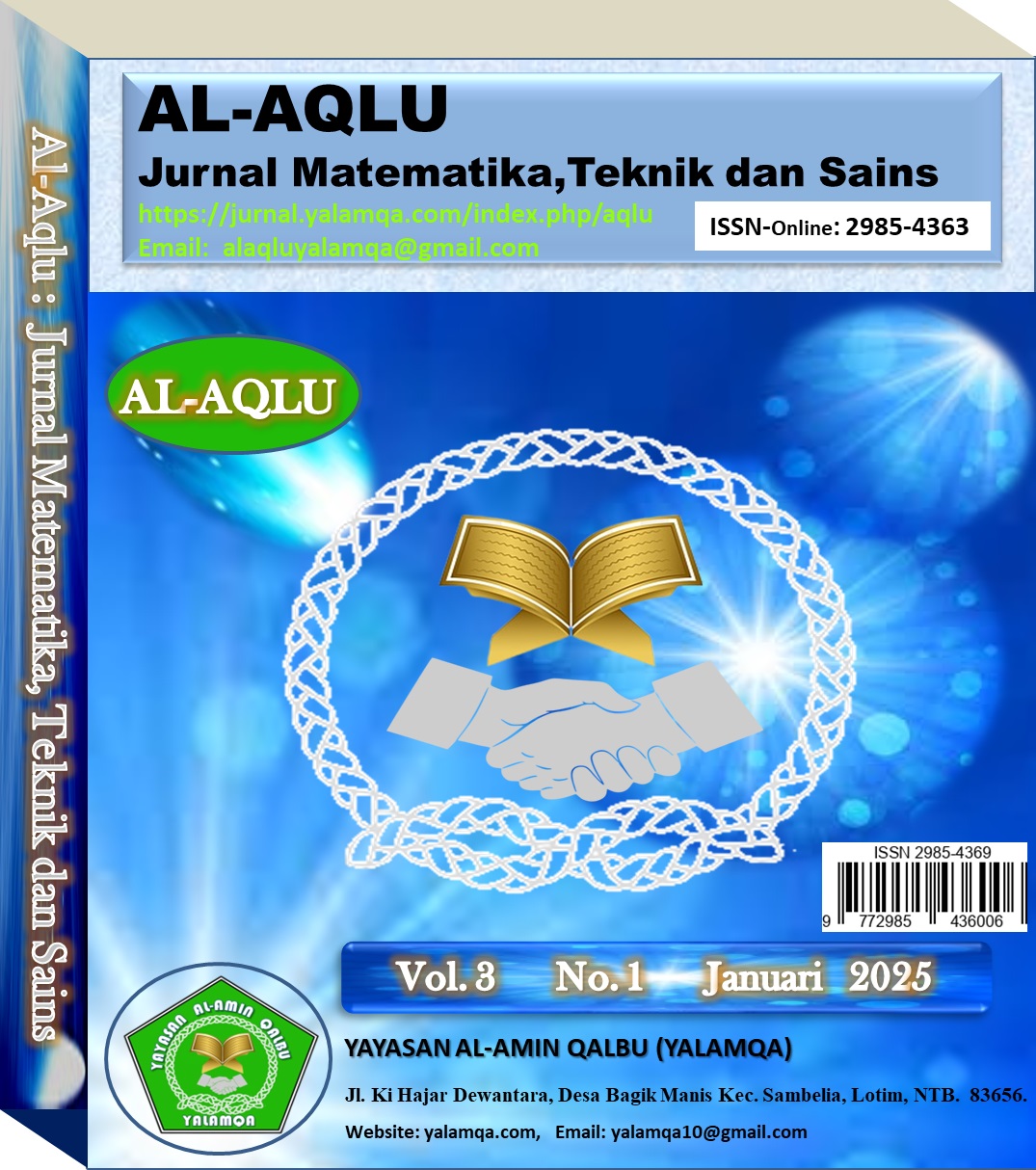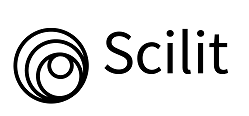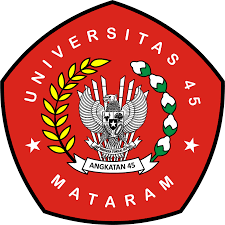FORMULASI DAN EVALUASI SEDIAAN SABUN PADAT DENGAN VARIASI KONSENTRASI EKSTRAK DAUN SAGA (ABRUS PRECATORIUS L.)
Formulation And Evaluation Of Solid Soap Preparations With Concentrations Of Saga Leaf Extract (Abrus Precatorius L.)
DOI:
https://doi.org/10.59896/aqlu.v3i1.116Keywords:
antibacterial, saga leaves, solid soapAbstract
Saga leaves (Abrus Precatorius L.) are vines that originate from India. The leaves of the saga plant are known to be effective in treating diarrhea, tonsillitis, ulcers and hemorrhoids. The presence of secondary metabolite compounds which include saponins, flavanoids, alkaloids and steroids have antibacterial potential. The ain of this research is to find out how to make solid soap using saga leaf extract and evaluate the test results after making solid soap with saga leaf extract to determine the quality of the saga leaf extract solid soap preparation. The research method used was an experimental method with variations of saga leaf extract in three formulas, namely F1 1.5%, F2 2.5%, and F3 3.5%. the results showed that the solid soap was homogenous, in F1 it was yellow, F2 was mustard yellow, F3 was greenish yellow, had a typical vanilla odor, had a semi-solid texture, the average pH test results were respectively F1 11.59 ± 0.03, F2 11.81 ± 0.02, and F3 11.85 ± 0.01, average foam height test results F1 6.3 cm ± 0.41 cm, F2 6.4 cm ± 0.40 cm, F3 6.1 cm ± 0.17 cm, average water content test results for F1 50.46% ± 0.20%, F2 48.35% ± 0.19%, and F3 45.55% ± 0.24 %. Based on data analysis, if the test results show normal and homogeneous then the one-way the Kruskal-Wallis test can be continued. It is known that variations in the concentration of saga leaf extract have a significant effect on the organoleptic test, homogenity test, foam height test but not significantly on the pH test and water content test
References
Fitri, A. S., Komalasari, D., & Sutanto, T. D. (2023). FORMULASI DAN EVALUASI SEDIAAN SABUN PADAT DENGAN MENGGUNAKAN EKSTRAK KUNYIT (Curcuma domestica L.). Bencoolen Journal of Pharmacy, 3(1). https://doi.org/10.33369/bjp.v3i1.27648
Fitriani, D., Widiyati, E., & Trihadi, B. (2020). Pelatihan Pembuatan Sabun Mandi Padat Dengan Penambahan Minyak Atsiri Jeruk Kalamansi Sebagai Aromaterapi Di Smpit Khairunnas Bengkulu. Jurnal Pengabdian Al-Ikhlas, 6(1), 66–72. https://doi.org/10.31602/jpaiuniska.v6i1.3367
Hutapea, A. (2019). FORMULASI SEDIAAN SABUN PADAT TRANSPARAN KOMBINASI MINYAK ZAITUN (Olive oil) DAN MINYAK SEREH (Citronella oil). Karya Studi Ilmiah Institut Kesehatan Helvetia, Medan, 1–10.
Lau, E. Y., Mangiwa, S., & Maryuni, A. E. (2021). Formulasi Dan Uji Mutu Sabun Padat Dengan Penambahan Ekstrak Etanol Biji Kopi Arabika (Coffea arabica L) Asal Wamena Kabupaten Jayawijaya. Jurnal Kimia, 5(November), 1–23.
Neswita, E. (2021). Perbandingan evaluasi fisik dari formulasi sediaan sabun padat ekstrak etanol 96% daun bawang dengan memanfaatkan minyak jelantah dan minyak sawit kemasan. Jurnal Prima Medika Sains, 3(2), 68–73. https://doi.org/10.34012/jpms.v3i2.2035
Nissy, A., Dhara, T. J., Sinala, S., Ratnah, S., Farmasi, J., & Makassar, K. (2023). Formulasi Sabun Padat Transparan dengan Sari Daging Buah Naga Merah (Hylocereus polyrhizus) sebagai Antioksidan. Original Article MFF, 27(1), 27–31. https://doi.org/10.20956/mff.v27i1.23434
Rusli, N., Nurhikma, E., & Sari, E. P. (2019). Formulasi Sediaan Sabun Padat Ekstrak Daun Lamun (Thalassia hemprichii). Warta Farmasi, 8(2), 53–62. https://doi.org/10.46356/wfarmasi.v8i2.96
Sanjiwani, N. M. S. S., Ni Nyoman Yudianti Mendra, & Agus Sudharmayasa. (2024). Pengujian Mutu Fisik Formulasi Sediaan Sabun Padat Berbahan Susu Kedelai. Emasains : Jurnal Edukasi Matematika Dan Sains, 13(1), 96–104. https://doi.org/10.59672/emasains.v13i1.3602
Setiawati, I., & Ariani, A. (2021). KAJIAN pH DAN KADAR AIR DALAM SNI SABUN MANDI PADAT DI JABEDEBOG. Pertemuan Dan Presentasi Ilmiah Standardisasi, 2020, 293–300. https://doi.org/10.31153/ppis.2020.78
Tri Rumanti, A., & Saragih, H. (2023). Ekstraksi dan Identifikasi Kandungan Senyawa Bioaktif Daun Saga Rambat (Abrus precatorius). Biota : Jurnal Ilmiah Ilmu-Ilmu Hayati, 8(September 2022), 59–68. https://doi.org/10.24002/biota.v8i2.6417
Downloads
Published
How to Cite
Issue
Section
License
Copyright (c) 2025 Elvara Natasya, Amanda Amelia Putri P, Dhian Afikasari, Seftiani Cahyaningsih, Yusuf Fajar

This work is licensed under a Creative Commons Attribution-ShareAlike 4.0 International License.















